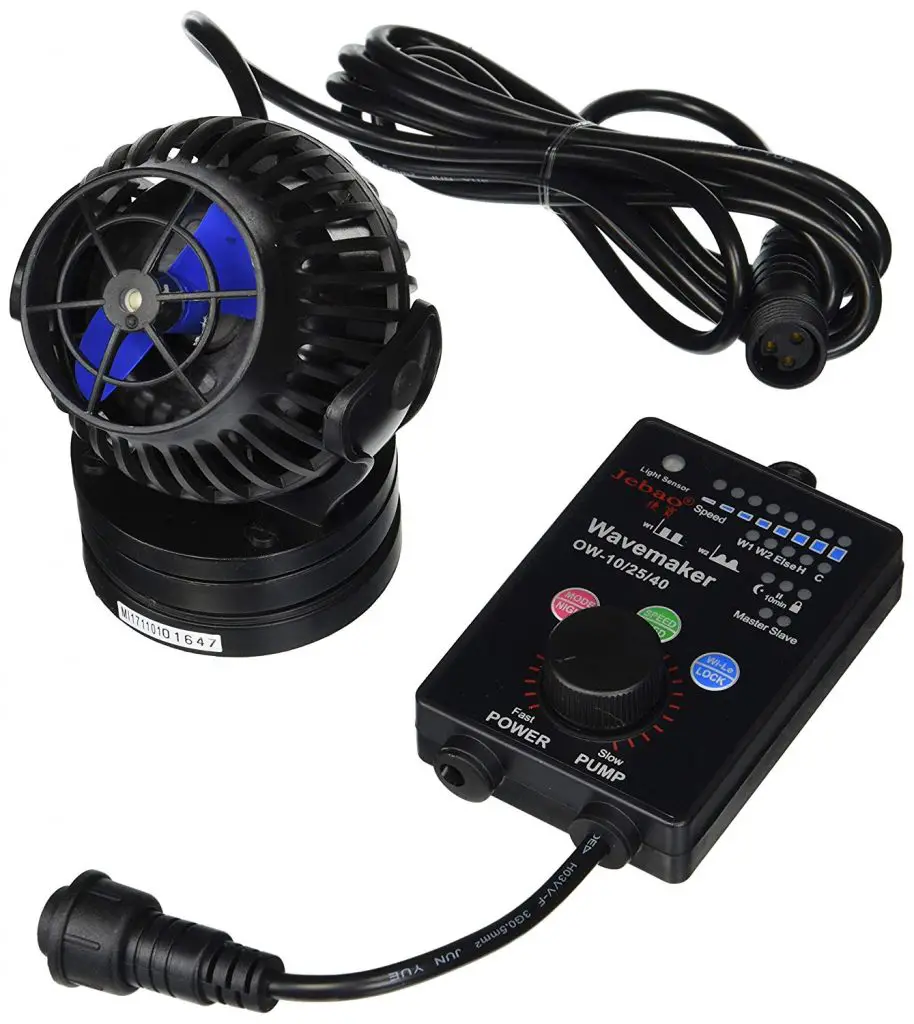

In larger tanks measuring more than 24" front to back, placement of the powerheads on the back wall is an option. Mounting one or two pumps on the back surface so as not to impede the tank viewing can often achieve the desired result. You can offset the pumps too with one moving water closer to the surface and another moving across the bottom, or vice versa with one moving water across the back of your aquascape and another moving water across the front.Ĭube-shaped and cylinder aquariums pose a unique challenge when it comes to water flow. The most common setup for rectangular tanks is one powerhead on each end of the aquarium pointing back at the middle. In either case, placement is going to make a big difference in the effectiveness of your powerhead.

Most tanks measuring 48" or more will require a minimum of two powerheads to get the job done sufficiently while smaller tanks can get away with just one. This can get tricky when you factor in the aquascape, tank walls, and general shape of the tank. The ultimate goal is to move as much of the water in your display as you possibly can. Ensuring proper surface agitation is critical as well to ensure proper oxygen exchange. Live rock contains beneficial bacteria that break down fish waste and reduce nitrates through natural denitrification that will benefit from proper water flow. Maximizing flow across the surface of your live rock is also important to flush out detritus. If you see sludge building up behind decorations or at the base of live rock, you need more water movement! A simple powerhead will stir up the debris, allowing it can be captured by the filter. These animals have evolved in the ocean and our job as hobbyists is to recreate that natural environment as best we can. First and foremost, the fish and coral require that water flow to thrive. There are a number of reasons you want to increase water flow inside your saltwater aquarium. The NEWA and Maxi-Jet pumps are examples of classic Jet-Stream style powerheads. The classic submersible water pump that forces water through a small round opening creating very centralized, laminar type water flow.

Maxspect Gyre, IceCap Gyre, and Red Sea Reef Wave are the most popular Gyre style powerheads. Will push water long distances and creates a "Gyre" or circular water flow pattern in your aquarium. GyreĪ unique powerhead that produces flat, laminar-style water flow. EcoTech Marine Vortech, Tunze Turbelle Stream and Sicce Xstream pumps are some of the most popular external propeller-type powerheads. Produces a wide stream of turbulent flow. Best used to create random currents and recreate natural ocean water movement. The most widely used style of powerhead produces wide, voluminous water flow. The placement of those powerheads is going to be heavily determined by that flow pattern. There are multiple types of powerheads a hobbyist can choose from and each type of powerhead produces a different flow pattern. Powerheads are simply submersible water pumps designed specifically for producing internal water flow in saltwater aquariums. Naturally, we need to recreate similar high-flow conditions in our aquariums. The ocean is a naturally turbulent environment and we know that both fish and corals have evolved to thrive in high flow environments. The main purpose of a return pump is to move water through your filtration while a powerhead is focused on internal water flow or moving water only inside your display. In saltwater aquariums, we rely upon return pumps and powerheads to provide the flow we need. Water circulation is important for keeping fish, corals, and even live rock healthy and thriving.


 0 kommentar(er)
0 kommentar(er)
